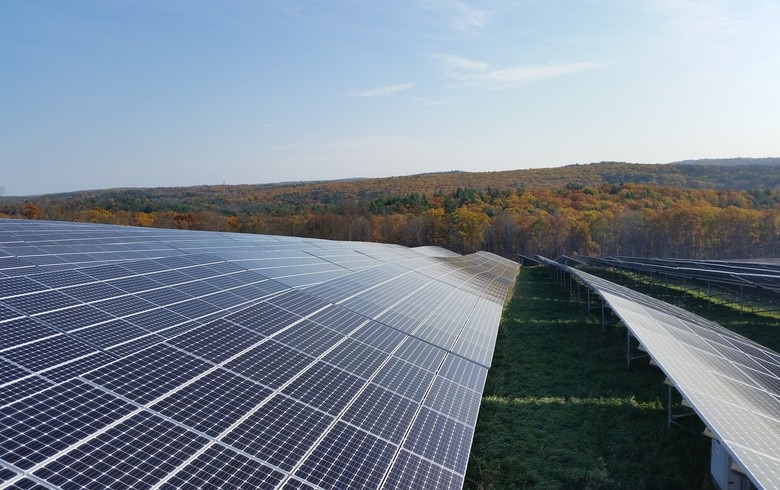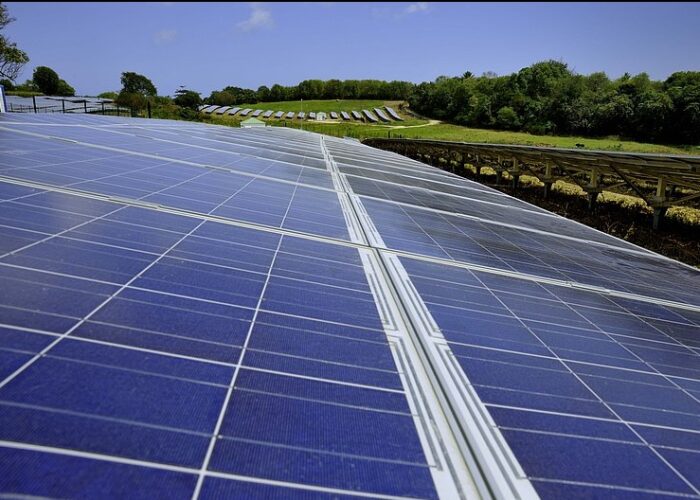
A new study suggests the US solar industry has “turned a blind eye” to the realities of asset performance, with facilities found to be underperforming compared to their production forecasts.
In collaboration with ten of 15 largest US solar asset owners, risk management company kWh Analytics analysed more than 30% of the industry’s utility-scale and commercial and industrial solar projects and found a quarter missed their production targets by over 10%, even after adjusting for weather.
Unlock unlimited access for 12 whole months of distinctive global analysis
Photovoltaics International is now included.
- Regular insight and analysis of the industry’s biggest developments
- In-depth interviews with the industry’s leading figures
- Unlimited digital access to the PV Tech Power journal catalogue
- Unlimited digital access to the Photovoltaics International journal catalogue
- Access to more than 1,000 technical papers
- Discounts on Solar Media’s portfolio of events, in-person and virtual
While the sector uses the same software tools and engineering firms to generate production estimates, a lack of accepted standards means that forecasts can vary depending on who is running the model, the report says.
According to kWh Analytics, when solar was still an untested asset class in the early 2000s, initial estimates were conservative and projects typically outperformed expectations. However, with the pace of market development, new technologies, more complicated site designs and a more competitive landscape, production estimation became more complex, leading to forecasting becoming overly optimistic.
“Fundamentally, it is our hope that this report serves as a platform to discuss the data-driven approaches to inform deployment of capital,” kWh Analytics said in a statement accompanying the study.
The firm quantified the magnitude of the industry’s inaccuracy when relying on P50 estimates, a statistical measure that indicates the base case, predicted energy yield.
The analysis of more than 30% of the industry’s non-residential projects in the US compared actual production against original P50 estimates for operating years between 2016 and 2019 and found that projects on average underperformed by 6.3%. The results do not incorporate system losses due to utility curtailment.
kWh says the performance results against P50 estimates highlight “a troubling reality”: that the industry is “relying on inaccurate and unreliable production estimates”.
Efforts are said to be underway to correct the issue, with solar asset owners collaborating to quantify potential biases and using data to drive accuracy and transparency in future financings.
“While developers may be concerned about the near-term impact on solar asset valuations resulting from adjusted P50 estimates, we believe that this course correction will enable our industry to continue the structural trend of lower-cost capital entering into the industry,” kWh Analytics said in the report. “This ultimately has a positive impact on solar asset valuations.”







